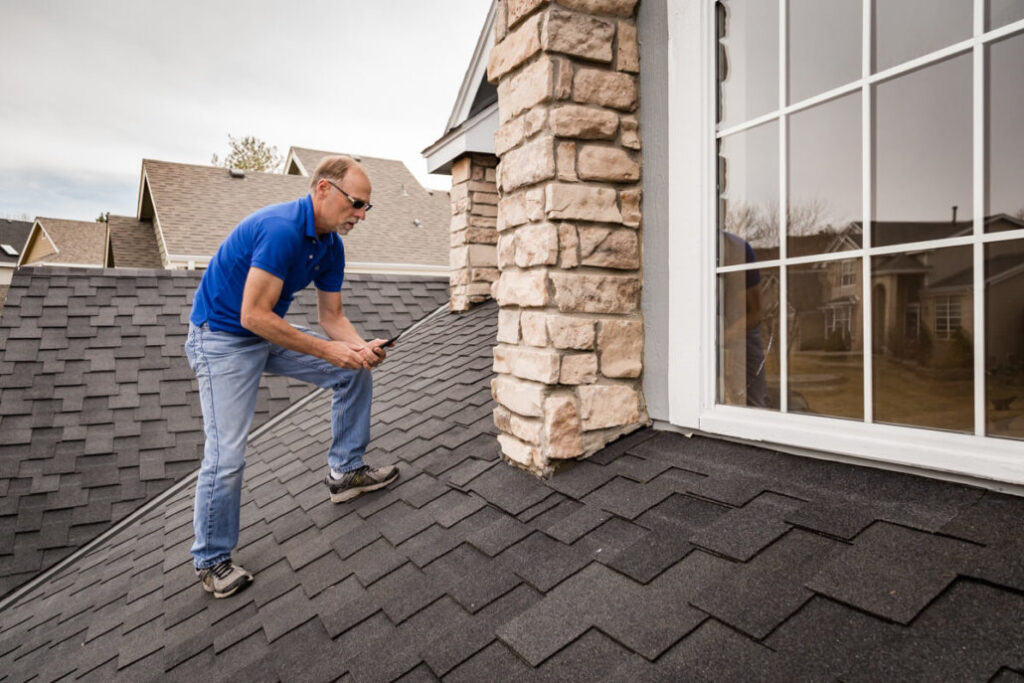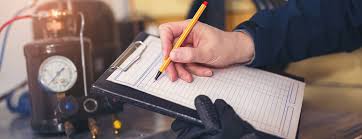What is a home inspection?
A home inspection is an objective visual examination of the physical structure and systems of a house, from the roof to the foundation. On average, a single-family home inspection usually takes 2-4 hours to complete, though this is heavily dependent on the of the size and condition of the home. After the inspection process, the inspector will send the client an inspection report (often within 24-48 hours) that covers their findings, complete with pictures, analysis and recommendations.
Why do homebuyers need a home inspection?
Buying a home could be the largest single investment the homebuyer will ever make. To minimize unpleasant surprises and unexpected difficulties, homebuyers should strive to learn as much as they can about the house before they buy it. A home inspection may identify the need for major repairs or builder oversights, as well as the need for maintenance to keep it in good shape. Through the home inspection process, homebuyers will have a better understanding about their prospective house, which will allow them to make decisions with confidence. If a homeowner is planning to sell their home, a home inspection can give them the opportunity to make repairs that will put the house in better selling condition.

What is covered in a home inspection report?
Exterior, Foundation & Structural Components (also could include basement, crawlspace)
This section will generally include:
- Description of structure, foundation, floors, walls & ceilings
- Condition of the visible elements such as foundation walls, framing, slabs, posts, beams, joists, etc.
- Indications of moisture or water penetration
- Land grading around the home, walkways, steps, driveways, decks, patios, retaining walls, etc.
Roof, Gutters & Downspouts
This section will generally include:
Description of roofing materials, drainage systems, & ventilation
- Flashings, soffits & fascias
- Skylights, Chimneys, & any roof penetrations
- Inspectors aren’t required to climb on the roof to inspect, but many will if it is easily accessible and safe.
Attic, Insulation & Ventilation
This section will generally include:
- Presence of attic insulation and approximate depth (R-value)
- Any evidence of water intrusion
- Kitchen, bathroom, & laundry exhaust systems
- Ventilation of unfinished spaces
There must be sufficient headroom for inspectors to enter attic spaces or they may not be able to inspect.
Electrical
This section will generally include:
- Location of main sub-panels, amperage rating, wiring method
- Presence or absence of smoke alarms & carbon monoxide detectors
- Inspection of technical aspects – service drop, entrance conductors, cables, disconnects, grounding, over-current protection devices, electric meter & base, etc.
- Verifying operation of a representative number of switches, fixtures & receptacles
- Inspection of GFCI (Ground Fault Circuit Interrupters) receptacles using a GFCI tester
Inspectors are not required to test every outlet, move furniture or appliances, or test ancillary items like burglar alarms, timers, etc.
If you’re the home seller
It’s in your interests as a seller to provide quick and easy access to everything on that home inspection checklist. Here are some ways you can help:
- Leave keys (for instance, for your electrical panel), and label them where the inspector can find them
- Make sure all pilot lights are on for fireplaces and furnaces, even in summer — so the inspector can check heating and other appliances
- Tidy your basement — There needs to be an unobstructed path down the steps and through to your furnace/HVAC unit/water heater and anything else that needs inspecting
- Tidy your attic same as your basement
- Clean up key areas in your yard so the inspector won’t need a machete to get to your crawl space, drainage access points or septic tank
- If the home is vacant and the utilities have been shut off, have them reconnected
Being helpful won’t necessarily buy you a better report, but even professionals appreciate thoughtfulness.
How to get a better report
Inspectors are people, too. And, just like everyone else, they associate a clean, sweet-smelling home with owners who care about — and for — their property. It will do you no harm if the inspection starts off from that perspective.
Chances are, you recently prepared your home for showing and it’s already in close-to-perfect condition. But look around for new defects. If a tile’s slipped from the roof or a pane of glass has cracked, get them fixed in advance. Similarly, if your furnace or HVAC is temperamental or is overdue for maintenance, get it professionally serviced.
This is not the time to carry out expensive works. But you might as well go for any quick wins that are available. After all, your buyer’s likely to try to leverage any black marks in the inspection report for a lower price. Who knows? You might even save a few bucks.
What they don’t inspect
Again, while there is variation of what home inspectors look for, there are areas that are generally not covered by a home inspection. If you suspect any problems or concerns in the following areas, you may want to schedule an evaluation by a certified specialist. Here are a few of the things they do not generally inspect:
- Pest control,
- Swimming pools,
- Asbestos,
- Radon gas,
- Venting equipment with household appliances,
- Indoor air quality,
- Lead paint and
- Toxic mold.

Things a Home Inspection Doesn’t Cover
Insulation Voids
If there’s something (or nothing) in your walls, don’t expect a home inspector to start knocking holes in the drywall to take a look. Yeah, he’ll check the electrical outlets, but if the insulation on your northern-facing family room wall is non-existent or puddled around the baseboards, invest in some heavy duty socks (and a comfy sweater) come next winter, because your house will be cold.
Warped Floors
If the living room is carpeted with thick pile, it might not be immediately apparent that your son would be able to use the floor’s slope when he practices his skateboarding techniques. Inspectors don’t check to make sure that rooms are square and floors are level — because most of them just aren’t. How unsquare and unlevel may mean the difference between lounging on your sofa and hanging on for dear life. Houses go up quickly these days, so don’t expect the price of your home to be the determiner of quality workmanship. Grab a level (and a T square) and check for yourself.
Septic Tank Goo
Unless the backyard is a swamp of raw sewage, an inspector will check the pipes but generally disregard the septic tank system. This could mean an expensive and revolting education in the science of waste disposal if something goes wrong later. Septic tank problems are vile, hideous, nauseating and — did we say vile? Before you consider buying a home that isn’t connected to your city’s sewage disposal utility, have the septic tank evaluated by a contractor who specializes in septic system maintenance and repair.
Floor Creaks
Remember coming home late from a date when you were a teenager and trying to skip the creaking fourth (or fifth) staircase tread to avoid detection? Well, those days may be gone, but creaking homes are still common. Some homes creak so much they sound like Halloween haunted house tapes.
If you ever want to sneak up on your kids to make sure they’re really doing their homework, it’s nice to have a home that doesn’t announce your every move. Newer homes may creak less, but don’t count on it. Walk around any house you have in mind with a keen ear and the spirit of a dedicated disciplinarian. You might want to consider the flip side, too. Do you prefer silent stealth for yourself, or would you rather have a telltale creak announce the arrival of late night miscreants?